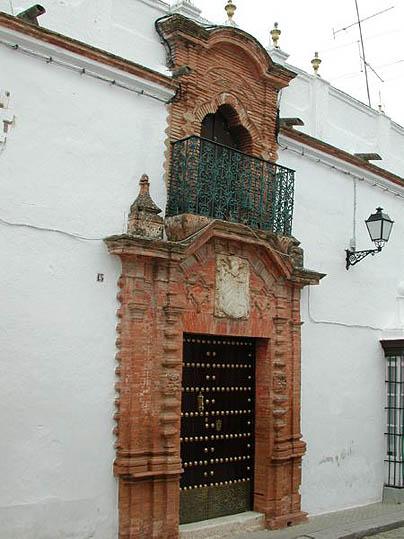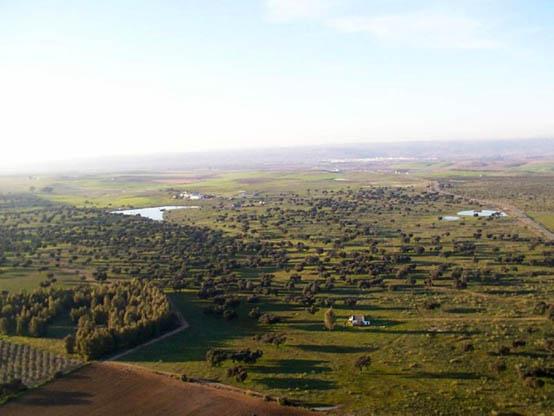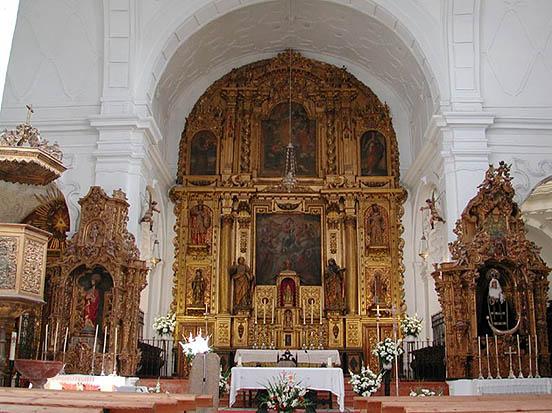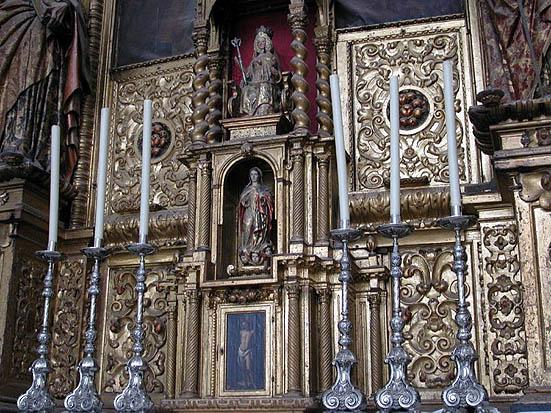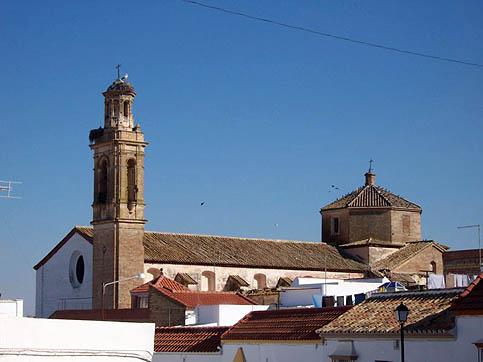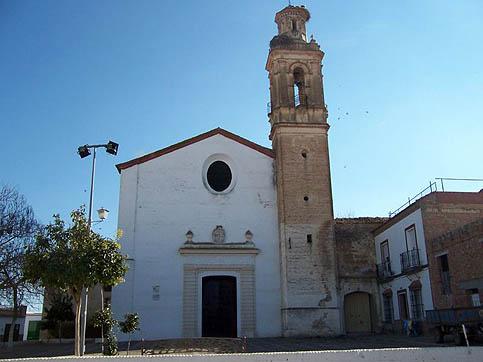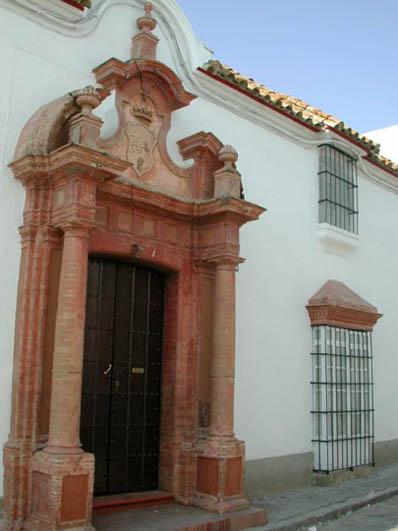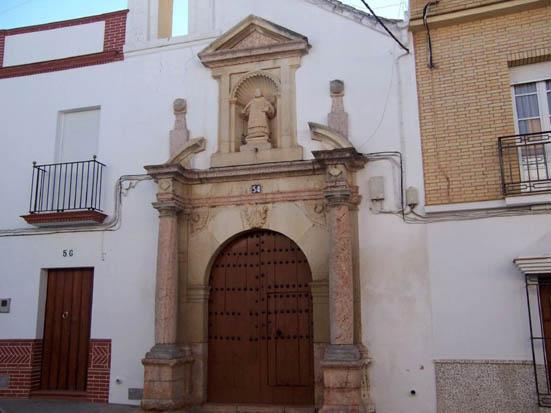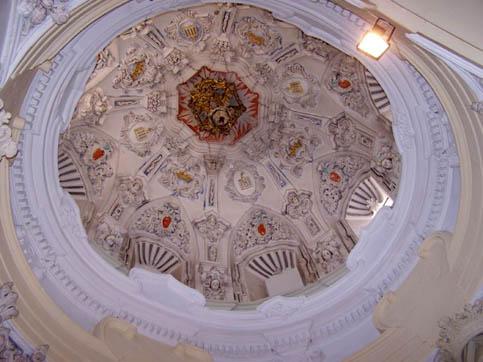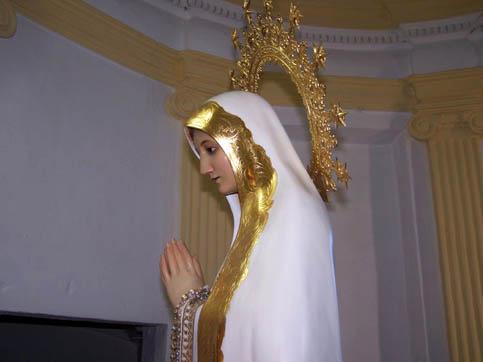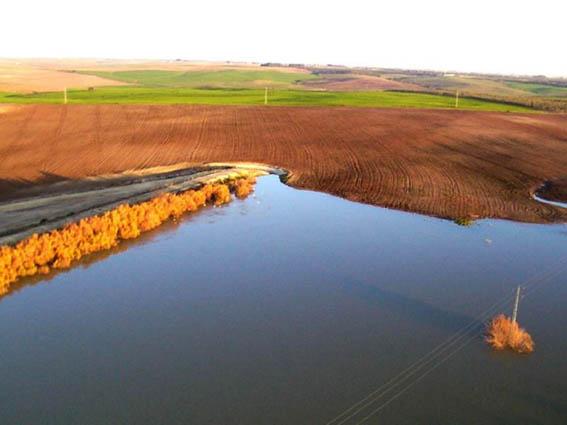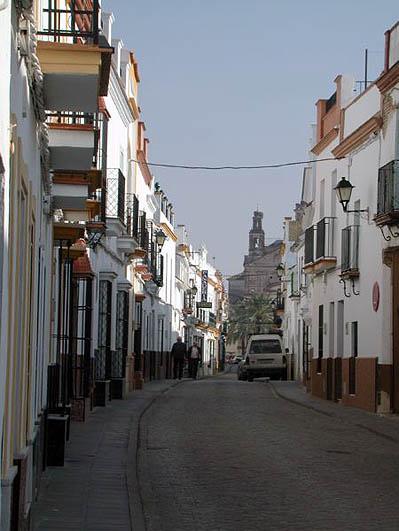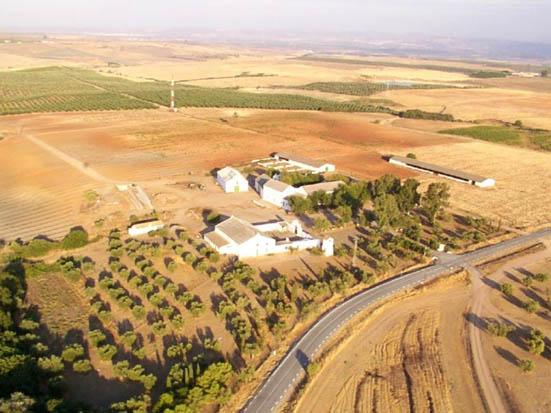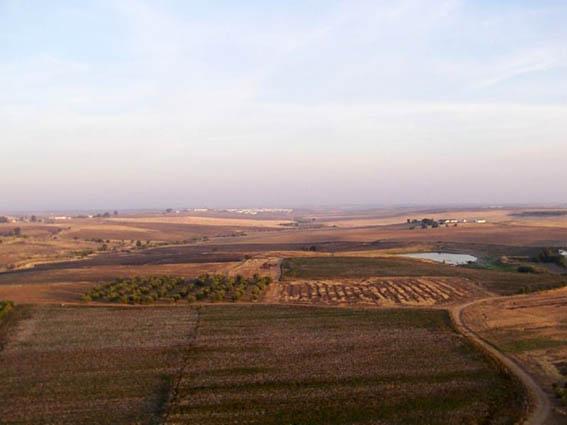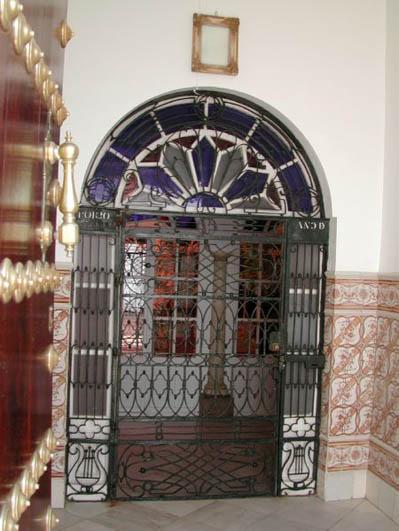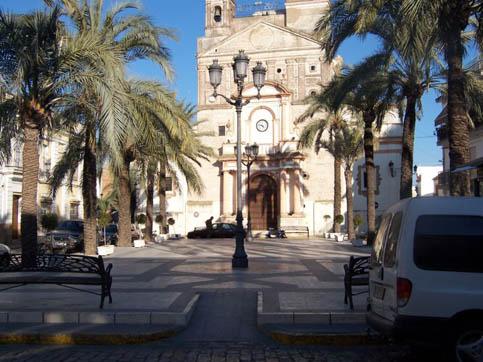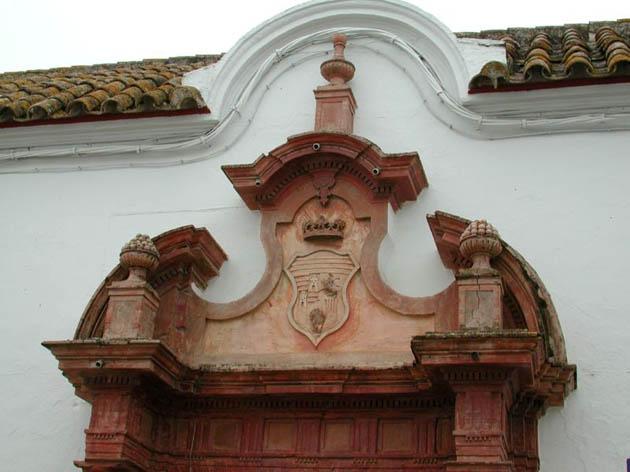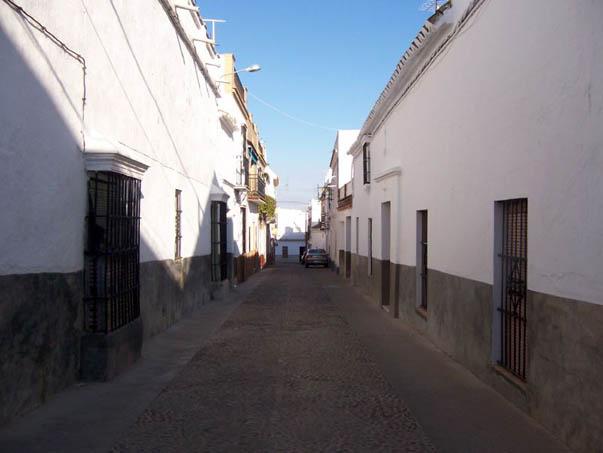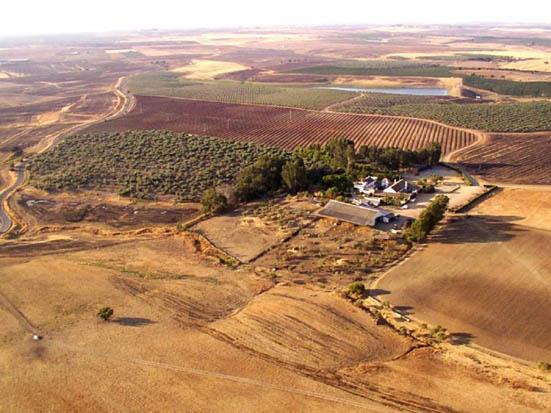Campana, La
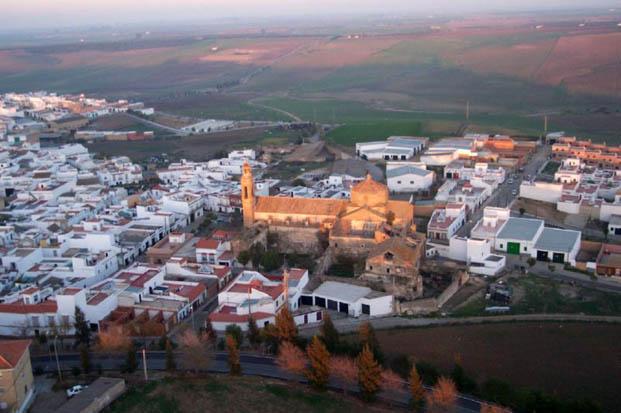
Town located between the countryside and a valley, bordering the province of Córdoba. Its predominantly agricultural landscape consists of hills and undulated fields which are flat and very fertile fields along the river.
Its most important monuments are the Parish Church of Santa María la Blanca, the Church of San Sebastián and the Church of San Lorenzo.
History
There are two theories regarding the origin of its name: on the one hand, that it comes from its location in the countryside, la Campana o Campiña; the other claims that it comes from the bell towers built to warn the village of an enemy attack at the time of the Christian reconquest.
The first human settlements date back to prehistoric times, remains of which have been found in the Chaparral and Pozo de la Anea.
Artefacts from the Roman period have also been found in la Cañuela, el Villar and el Villar del Almirante.
In the 15th century it received the title of villa. Juan II granted it to Miguel Bocanegra; who ceded it to his daughter as part of the dowry when she married the Count of Arcos. The town later passed to the royal family. Doña Ana, sister of Philip II, sold it to the Marqués de Villanueva del Río, and it belonged to that family until feudal estates were abolished in the 19th century.
Eminent citizens
Matías García Rey, writer and journalist.

- Max 14
- Min 11
- Max 57
- Min 51
- °C
- °F

